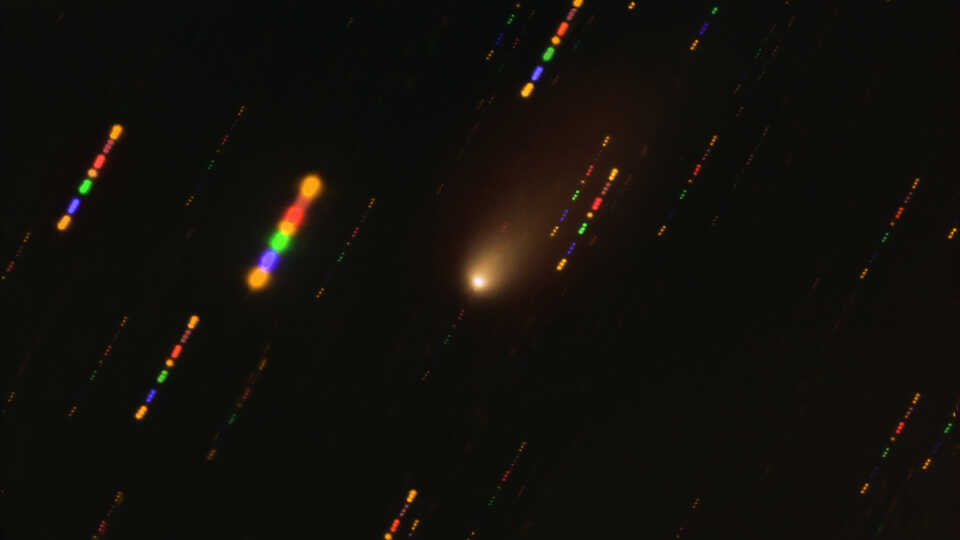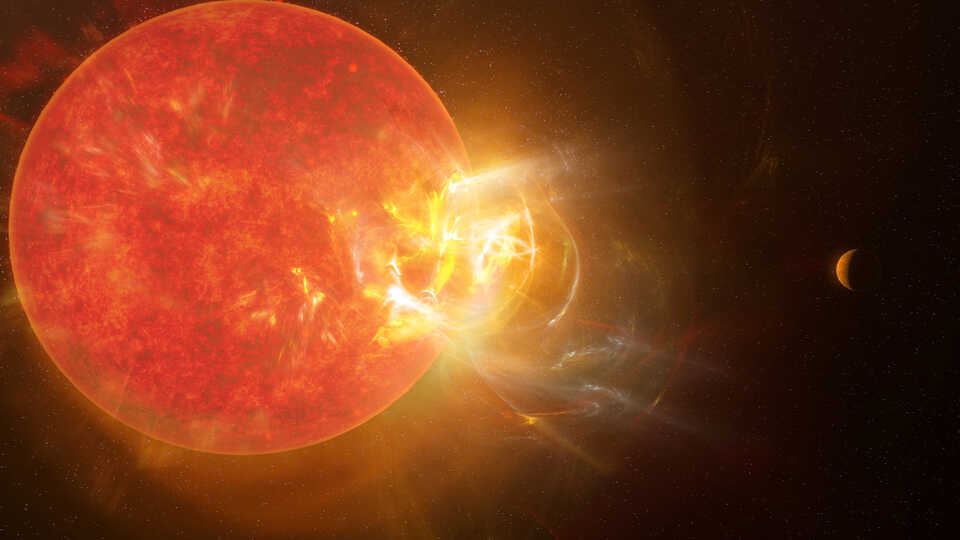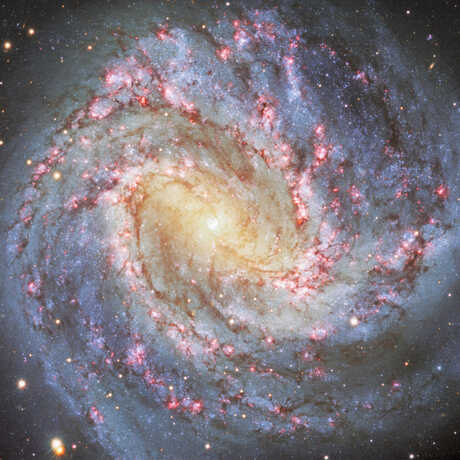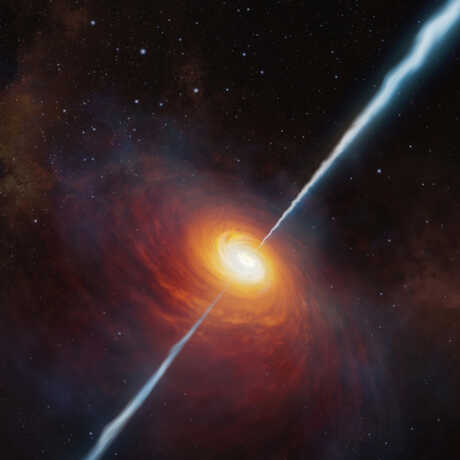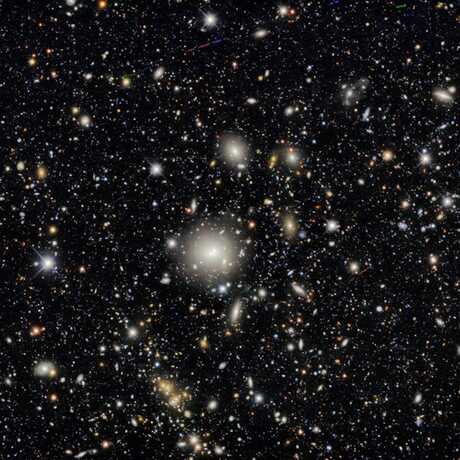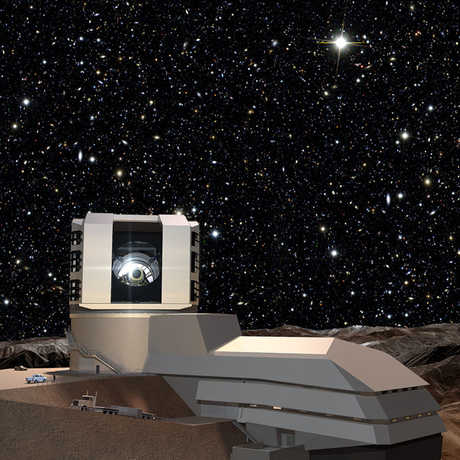Universe Update
Observations: A Pristine Comet and Huge Flare
Welcome (back) to Chilean Observations, our regular series looking at recent discoveries and other news from the hardworking telescopes and their support staff in Chile. With its mountainous terrain and dry climate, Chile is quite possibly the best place on Earth for observational astronomy. There are dozens of observatories dotting its landscape with more coming online soon. In partnership with institutions around the country, our production team created a planetarium show about a few of these sites and the people who work there. Big Astronomy: People, Places, Discoveries premiered online last fall, and, this is exciting news, opened in our own Morrison Planetarium last week! We’re following strict social distancing guidelines in the dome, so now is a great and safe time to come see the show and become immersed in astronomy in Chile!
Let’s start today’s post with a couple of the new telescopes coming online. The Vera C. Rubin Observatory, due to come online next year, recently released this timelapse video of its construction. (We have a CG version of this in the show, and it’s a pretty good replica, IMHO.) Our team scouted the location at right about the 40 second mark, but my favorite part is actually the seasonal change captured during 2020 and the COVID-19 shutdown.
Parts for the telescope come from all over the world, and two Bay Area institutions are partly responsible for the filters that will be used in the LSST Camera, each optimized to collect light within a specific range of the electromagnetic spectrum. The filters are labeled u, g, r, i, z, and y; together they cover the electromagnetic spectrum between the ultraviolet (u) and the near-infrared (y). Last month, the Lawrence Livermore National Laboratory (LLNL) installed the r-band filter into its frame, and the whole thing was shipped to Stanford’s SLAC National Accelerator Laboratory where it will be safely stored as it awaits the rest of the filters for shipment to Chile.
The La Silla Observatory, just north of Cerro Pachón where the Rubin sits, has a brand new telescope that promises to protect the world. The Test-Bed Telescope 2 (TBT2) will keep a close eye on the sky for asteroids that could pose a risk to Earth, testing hardware and software for a future telescope network. Along with TBT1, its identical counterpart in Spain, the new 56-cm telescope will act as, well, as a test bed for the planned Flyeye telescope network, a separate project to survey and track fast-moving objects in the sky. While harmful asteroid impacts on Earth are extremely rare, they happen! The Earth has been periodically bombarded with both large and small asteroids for billions of years, such as the 2013 Chelyabinsk meteor event, which caused some 1600 injuries, and the Chicxulub impact event 66 million years ago that did in the dinos.
Now on to some recent discoveries… Late last month, there was big news about rogue comet 2I/Borisov, the “most pristine” comet ever observed. The discoveries came from two Chilean telescopes: theVery Large Telescope (VLT) and the Atacama Large Millimeter/submillimeter Array (ALMA). Pristine means that our sun (or any other star, for that matter) hadn’t gotten its dirty hands on the comet which would have disturbed its composition with solar winds and radiation. 2I/Borisov comes from a solar system light years away from our own, and it’s an important visitor. Astronomer Bin Yang used ALMA to gather clues about the comet’s birth and conditions in its home system, which may in turn give us clues about the origin of our solar system, she says. More information about these findings can be found at Space.com.
In other recent news, ALMA spotted a flare from Proxima Centauri—Earth’s nearest stellar neighbor—100 times more powerful than any similar activity seen from the Sun. The flare, which is the largest ever recorded from the star, has revealed the inner workings of such events to astronomers and could help to shape the hunt for life beyond the solar system. According to Meredith MacGregor of the Center for Astrophysics and Space Astronomy (CASA), “Proxima Centauri’s planets are getting hit by something like this not once in a century, but at least once a day, if not several times a day.”
The star is prominent in discussions surrounding the prospect for life around red dwarf stars because of its proximity to Earth, and because it hosts Proxima Centauri b, a planet that resides in the star’s habitable zone. “If there was life on the planet nearest to Proxima Centauri, it would have to look very different than anything on Earth,” MacGregor says. “A human being on this planet would have a bad time.
